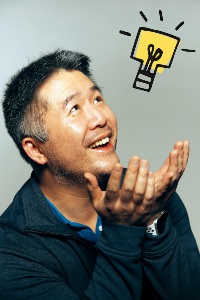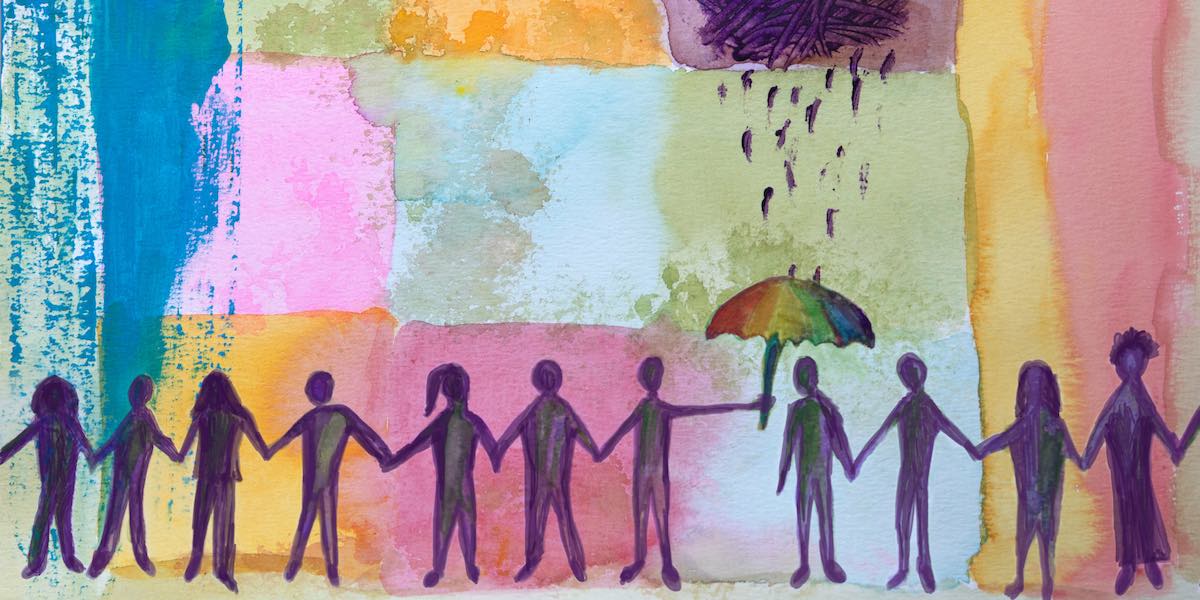Leo Chan, B.Des, M.T.S., chief innovation and creativity officer for Abound Innovation Inc., offers an advance look at his WEC23 session, “Creating Safe Environments for Innovation,” Sponsored by OVG360.

Can you share some of the most common challenges when it comes to organizations truly considering psychological safety?
The most common challenge for organizations when it comes to psychological safety is how individuals and leaders respond to others when thoughts and ideas are being shared. Are those thoughts being met with support, resistance, judgment or shame?
We all affect psychological safety a lot more than we know and without being intentional about it, we can cause harm to others without even realizing it. I don’t think any person sets out to make someone else feel horrible about their thoughts and ideas, but it happens in organizations.
It takes intentionality to make it a priority and with some simple adjustments, you can be on your way to start creating a safe environment. In my session, we’ll talk about some of these tips.
Has awareness of and a focus on psychological safety changed over the pandemic years?
I’m not sure if there’s been more of a focus on psychological safety specifically over the pandemic years, but I can say I feel it’s definitely more of a focus these days for leaders and organizations.
And why shouldn’t it be? Google did a study called Project Aristotle where they studied over 180 teams over two years to determine what creates high performing and effective teams and the No. 1 contributing factor was psychological safety. That alone should say why it’s critically important to focus on it.
My focus on this specifically is from the lens of innovation and how psychological safety or a lack of psychological safety impacts our ability to innovate, but this topic applies much more broadly. This topic has deeply resonated with many of my participants and the application is wide-reaching. I’ve had mothers tell me they were going to start applying these principles with their children.
What is the most important takeaway that you hope attendees of your session go home with?
If you want to be more innovative, personally or within your teams and organizations, you need to create a psychologically safe environment. Creating a psychological safe environment is the foundation to enable new thinking, creativity and innovation and we all have a responsibility to create this for ourselves and others.
Is there an essential first step that most attendees of your session will need to take to begin acknowledging psychological safety in their teams?
Whenever you fly on a plane, you always hear the message about in case of an emergency, put your own oxygen mask on first before you help others. The same is true with psychological safety. It first starts with you. You have to create a psychologically safe environment for yourself in order to create it for others. This aspect has been eye-opening for people who have attended my workshop in the past. Sometimes we don’t realize that we have an unsafe environment within and it’s important to address it if we do.







